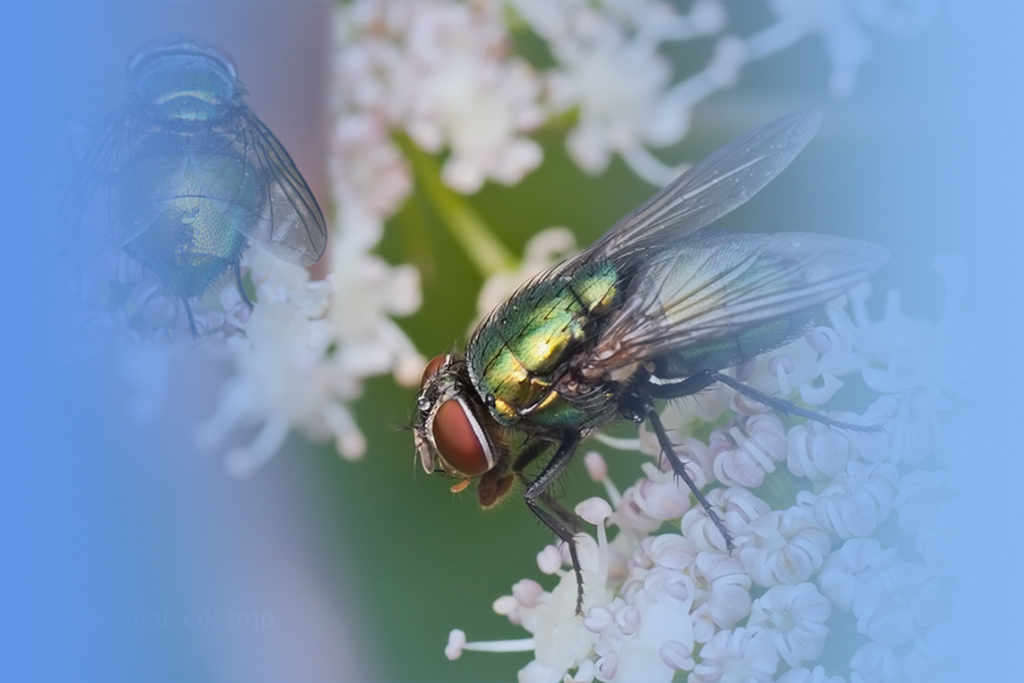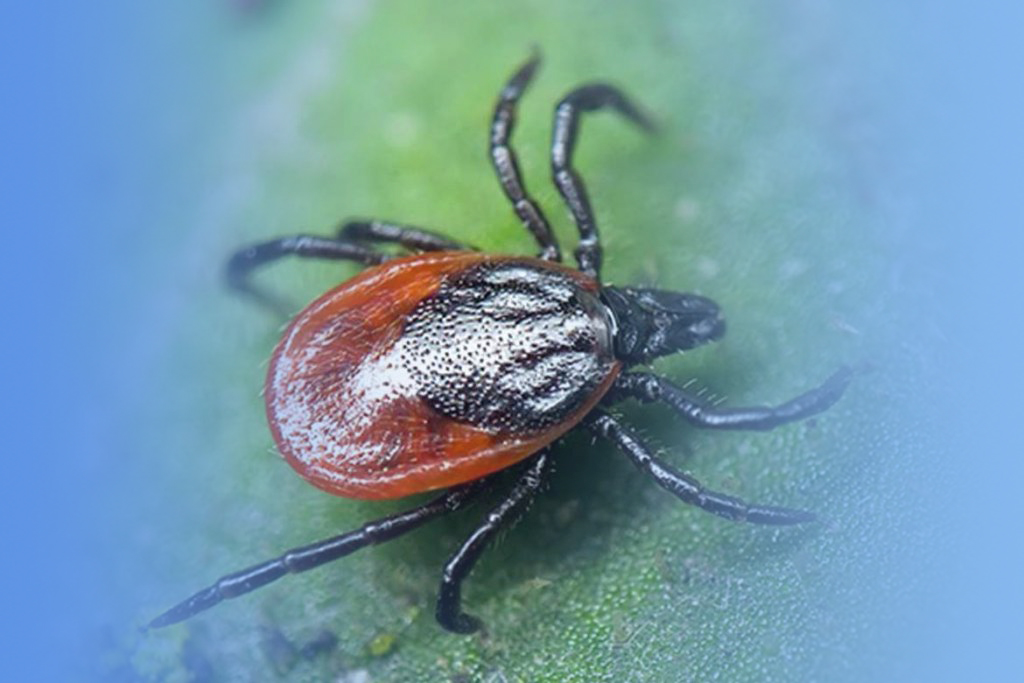JIN Jian-Chao, MENG Feng-Xia, SU Jian-Ya, LIU Qi-Yong, DING Jun, WANG Shu-Cheng, CHEN Zhe, CHU Fa-Jun
Chines Journal of Vector Biology and Control. 2010, 21(3): 188-191.
Objective The susceptibility of the larvae and adult mosquitoes of Culex tritaeniorhynchus in Donggang city, Liaoning province to commonly used insecticides was evaluated to determine their insecticidal resistance and identify the relationship between the resistance levels of the larvae and adult mosquitoes, providing the basis for chemical control of the mosquitoes. Methods A large number of adult Cx. tritaeniorhynchus were collected outdoors in the peak seasons to obtain the first filial generation, fed with the blood of mice, for testing. The impregnation method and the contact exposure method, as recommended by the WHO, were employed to determine the susceptibility of the larvae and adult mosquitoes of Cx. tritaeniorhynchus to commonly used insecticides, respectively, for calculating the LC50 and the corresponding 95% confidence limits (95%CI) for the larvae, and the knockdown rate and mortality of the adult mosquitoes for comparison of their resistance levels to commonly used insecticides. Results The LC50 and the corresponding 95%CI of deltamethrin, beta?cypermethrin, and permethrin for Cx. tritaeniorhynchus larvae were 0.002 098 (0.001 575- 0.002 866), 0.013 80 (0.011 43-0.016 64) and 0.016 51 (0.014 00-0.019 49) mg/L, respectively; the LC50 and the corresponding 95%CI of dichlorvos, temephos and fenitrothion were 25.3479 (21.4949-28.3828), 48.3763 (31.7172-92.4088) and 0.1685 (0.1085-0.2679) mg/L, respectively; the LC50 and the corresponding 95%CI of BPMC were 0.2874 (0.1803-0.4268) mg/L. Compared to the susceptible strains reported in previous literature, the larvae of Cx. tritaeniorhynchus had the resistance coefficients of 5.3, 2.3 and 3.3 to deltamethrin, beta?cypermethrin and permethrin, respectively, and 396.1, 40 313.6 and 34.0 to dichlorvos, temephos and fenitrothion, respectively; the mortality rates of the adult Cx. tritaeniorhynchus exposed to 0.05% deltamethrin (contact for 1 h), 0.25% permethrin (3 h), and 1% fenitrothion (1 h) beyond 24 h were 15.9%, 27.7% and 8.2%, respectively. Conclusion The larvae of Cx. tritaeniorhynchus in Donggang city, Liaoning province developed high resistance to organophosphate and low resistance to pyrethroids. However, the adult mosquitoes were highly resistant to deltamethrin, permethrin, and fenitrothion. The resistance levels of the larvae and adult Cx. tritaeniorhynchus to pyrethroids were inconsistent.



